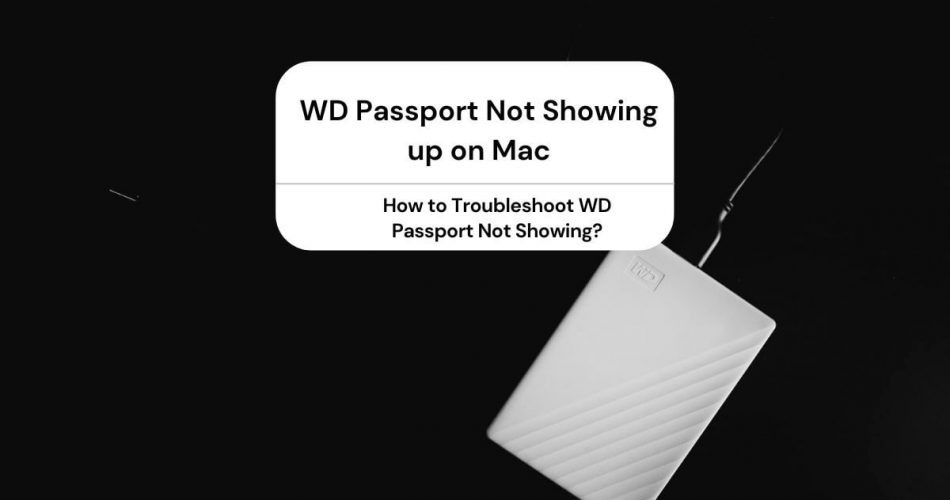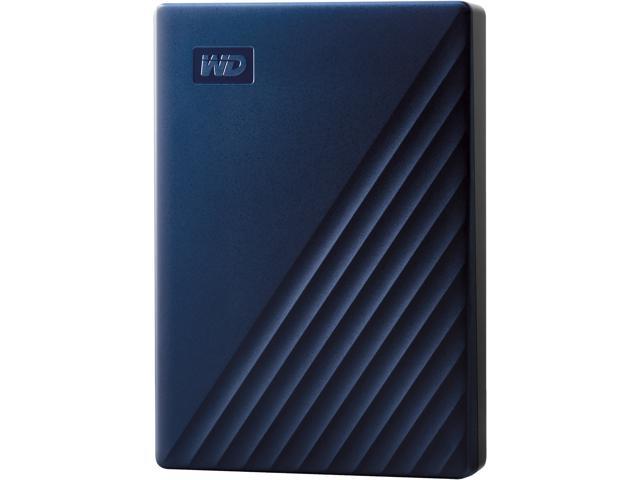

The biggest problem would be if you were to corrupt the USB drive itself-the file system metadata could be ruined, meaning the drive wouldn’t know where things are stored.įor the record, SanDisk, which makes external storage devices like USB drives, says to follow official protocol. After that, there’s the chance that another file on that thumb drive gets corrupted, too. The first possibility is that the file you were copying to the USB drive gets corrupted (although chances are the original file on your computer would still be okay). So what bad stuff could happen if you pull the thumb drive out while you’re copying a file to it, or while the write cache is doing something in the background? For that reason, Pavlo recommends properly ejecting if you’re using a Mac, because it always uses the write cache feature. Knowing about the write cache is key because there is a theoretical risk that while you think the computer has finished transferring your files, it actually hasn’t. “The eject basically says, ‘okay, we’re pulling this thing out, flush the write cache,’” Pavlo says. Managing data in the write cache is where the “eject” feature comes in.
My passport for mac force eject windows#
A Mac’s operating system always uses the write cache, but on a Windows machine, the user can decide whether to enable it or not the default is that the write cache is off. All of it happens very quickly, from a human perspective: “We’re talking like milliseconds here,” Pavlo says. With a write cache, your computer will finish the copying process in the background. “But it’s actually not made it to the drive yet.” “When you write to the drive, it will actually just write it into memory, and then come back to you and say, ‘yeah I wrote it,’” says Andy Pavlo, an assistant professor of computer science at Carnegie Mellon University.

The cache is just local memory storage that your computer is really good at writing to, quickly. Your machine may actually be using something called a write cache instead of transfering the file from one device to the other directly, it’s using that cache to make the process more efficient. Say you’re copying a file from your computer to a USB drive. What could go wrong?įirst, some context, and the bad possibilities. It’s worth taking a look at what’s happening behind the scenes when you remove a thumb drive, and why it’s unlikely to mess up much, if anything. Granted, that’s anecdotal evidence, but he estimates that the vast majority of the time, “for the average user, nothing bad would happen.” “I’ve been pulling out thumb drives since the last five years and I haven’t had a problem,” says Frank Wang, a PhD candidate in computer science at MIT. And in a worst-case scenario, you risk corrupting a file or-even more unlikely-the entire storage device. That’s not the official procedure, nor the most conservative approach.

To be on the cautious side, be more conservative with external hard drives, especially the old ones that actually spin. Just wait for it to finish copying your data, give it a few seconds, then yank. That’s a shame, because I also use a My Book Thunderbolt Velociraptor Duo, and WD Utilities is the only way to check the RAID status on the Duo.Pull a USB flash drive out of your Mac without first clicking to eject it, and you’ll get a stern, shameful warning: “Disk Not Ejected Properly.”īut do you really need to eject a thumb drive the right way?
My passport for mac force eject software#
I finally stumbled upon this thread and was inspired to try uninstalling all WD software (including WD Utilities) from my Mac. I had to keep repeating myself and answering the same questions over and over again. WD tech support was quite difficult to work with, since the case would often be assigned to a new tech support representative every time I replied, and even when it wasn’t, they kept responding as if no one had read the conversation thus far. They replaced one of the drives with a My Passport Ultra, and it failed even more catastrophically- when the Mac woke from sleep, the drive’s partition table became invisible to the O/S, and I had to reboot in order to get it back. I tried everything they suggested, and nothing worked. I went back and forth with WD tech support for months. When the Mac woke from sleep, no files or directories were visible on the drive until I force-ejected and remounted them. I had a similar problem with two identical My Passport for Mac 2 TB drives I purchased in January.


 0 kommentar(er)
0 kommentar(er)
